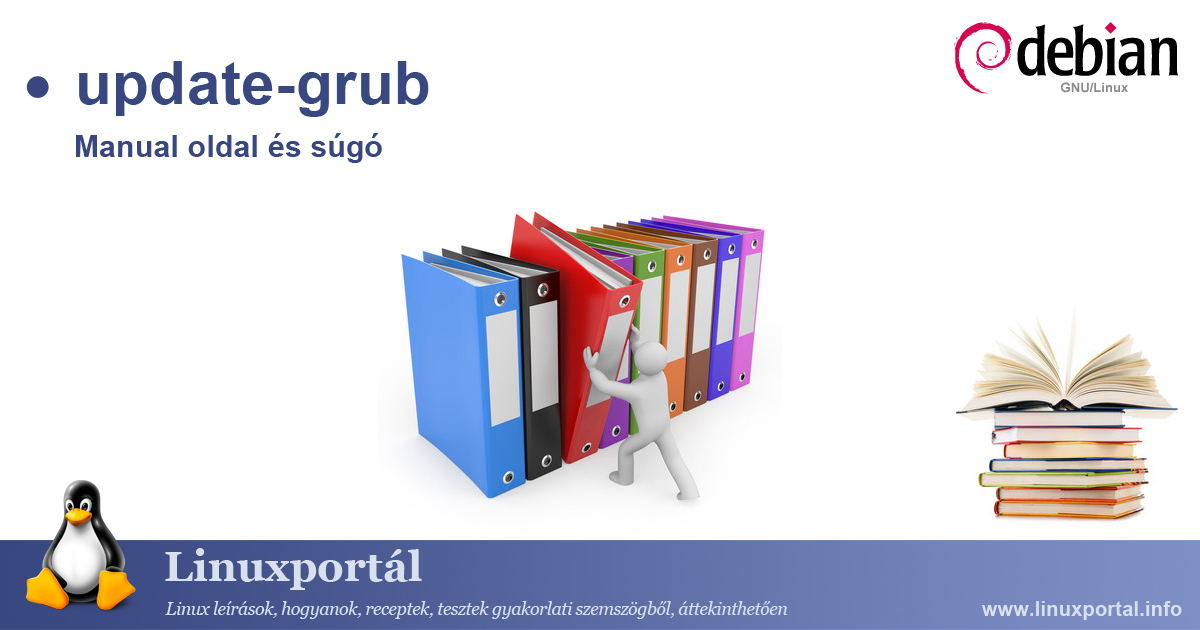How do we show or hide the GRUB boot menu at boot time in Ubuntu operating systems?
GRUB is a boot program that starts the selected operating system when you start your computer. For Ubuntu Linux systems, the GRUB menu will only appear by default if you have more than one operating system installed on your computer, giving the user the option to select the system they want to boot. However, sometimes you may need to display the GRUB menu for an instance of Ubuntu. In this short description, we'll look at how to bring up the GRUB menu for a single Ubuntu system.







